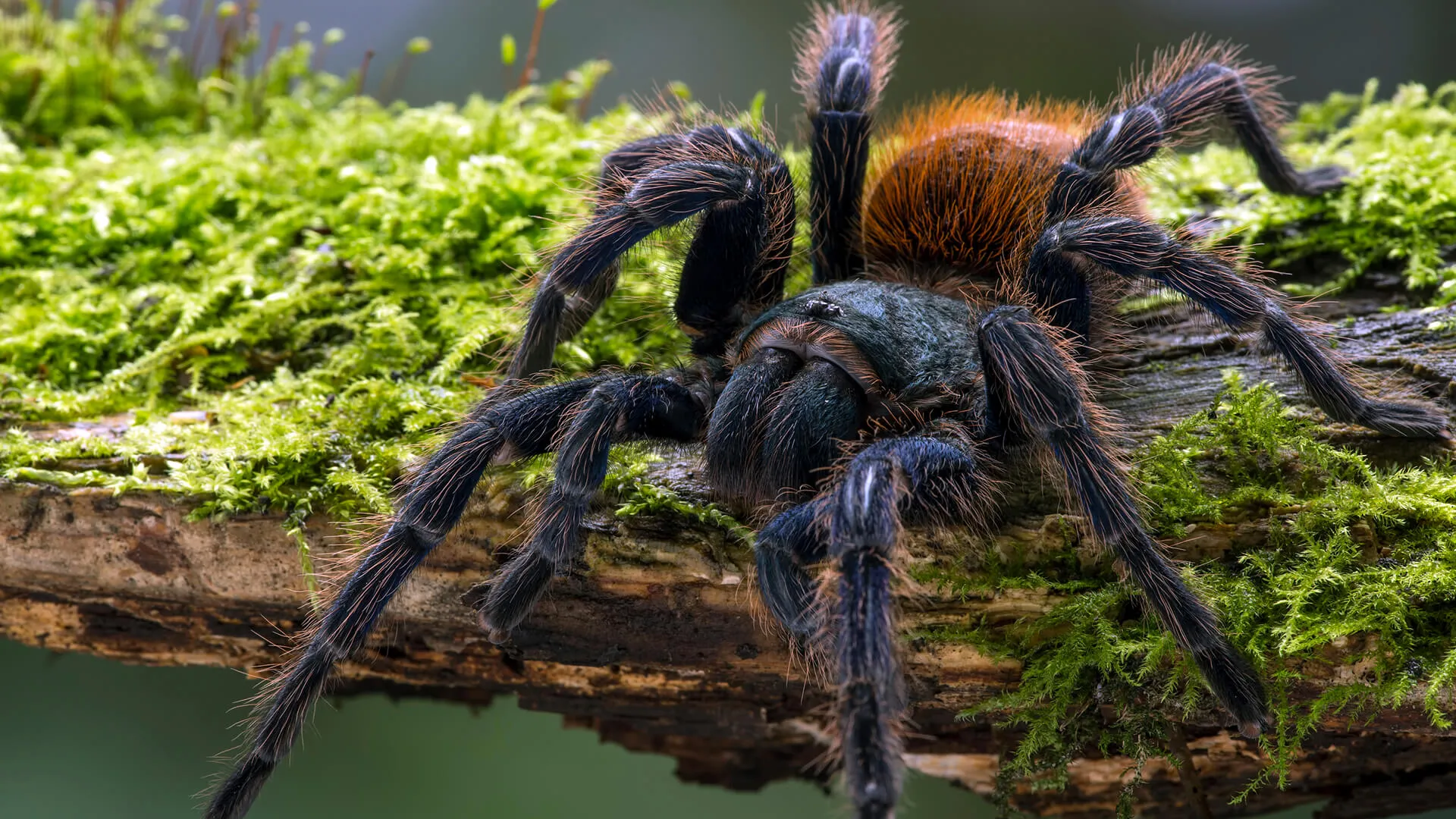What Do Tarantulas Look Like
Tarantulas, those impressive arachnids, often capture our fascination with their size and striking appearance. Understanding what defines a tarantula is the first step in identifying their look-alikes. These spiders belong to the Theraphosidae family, and they are characterized by their large, hairy bodies and robust legs. The sheer size alone can be an immediate giveaway, with some species boasting leg spans that can exceed 10 inches. But beyond their size, there are specific features that make tarantulas unique. They are found in various habitats across the globe, from the rainforests of South America to the deserts of North America. Their appearance varies greatly depending on the species, with colors ranging from earthy browns and blacks to vibrant oranges and blues. Knowing the general look of a tarantula will help you differentiate them from spiders that share similar characteristics.
Body Structure and Appearance
The body of a tarantula, like all spiders, is divided into two main parts the cephalothorax (fused head and thorax) and the abdomen. The cephalothorax is where the spider’s eyes, mouthparts, and legs are attached, while the abdomen houses the internal organs and spinnerets, which produce silk. Tarantulas are covered in a thick coat of hairs, which can vary in length, density, and color depending on the species. These hairs serve multiple purposes including sensory input, and defense. Many tarantulas also possess urticating hairs, which they can flick off their abdomen as a defense mechanism, causing irritation to potential predators. Their legs are typically long and strong, equipped with claws that allow them to climb and grip surfaces effectively. The mouthparts include chelicerae, which are used to bite and inject venom, and pedipalps, which serve as sensory organs and assist in handling prey.
Size and Color Variations
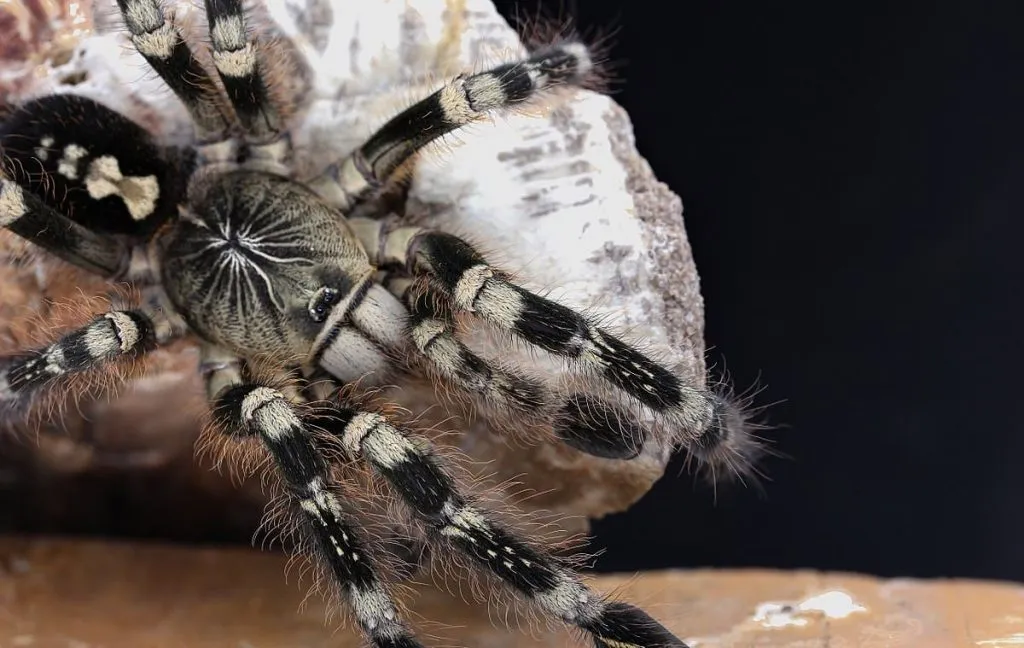
Tarantulas are known for their significant size, with some species being among the largest spiders in the world. Size can be a key factor in identification, though it’s not always definitive, as some look-alikes can also be quite large. The leg span is the most common measurement used, representing the distance between the tips of the spider’s legs when fully extended. Coloration in tarantulas is incredibly diverse, ranging from the common browns and blacks to vibrant hues of orange, blue, and even purple. These colors often serve as camouflage, helping them blend into their environment, or as a warning to potential predators. Variations in color can also be seen within the same species, depending on factors such as age, sex, and geographical location. The hairs on a tarantula can also have different textures, adding to their unique appearance, some can be quite velvety and smooth.
Common Features of Tarantulas
While appearances vary, several features commonly identify tarantulas. Hairy bodies are a hallmark, with the density and type of hair varying among species. The presence of large fangs, often visible when the spider is threatened or feeding, is another key characteristic. Their eight eyes, usually arranged in a specific pattern, can also aid in identification, though this requires a closer look. The stance and posture of a tarantula can be quite distinctive as well. They typically hold their legs in a wide stance, ready to pounce on prey or defend themselves. Their movement can be slow and deliberate, especially when they feel secure. Furthermore, their behavior, such as their tendency to burrow or seek shelter, can distinguish them from other spiders. Observing these common features will help you identify true tarantulas and differentiate them from their look-alikes.
Top 5 Tarantula Look Alikes
Several spider species share characteristics with tarantulas, making accurate identification a challenge. These spiders may have similar sizes, hairy bodies, or even behaviors that mimic tarantulas. Being familiar with these look-alikes can prevent misidentification and allow for a more accurate understanding of the local arachnid population. Below are five common spiders that often get mistaken for tarantulas.
Wolf Spiders
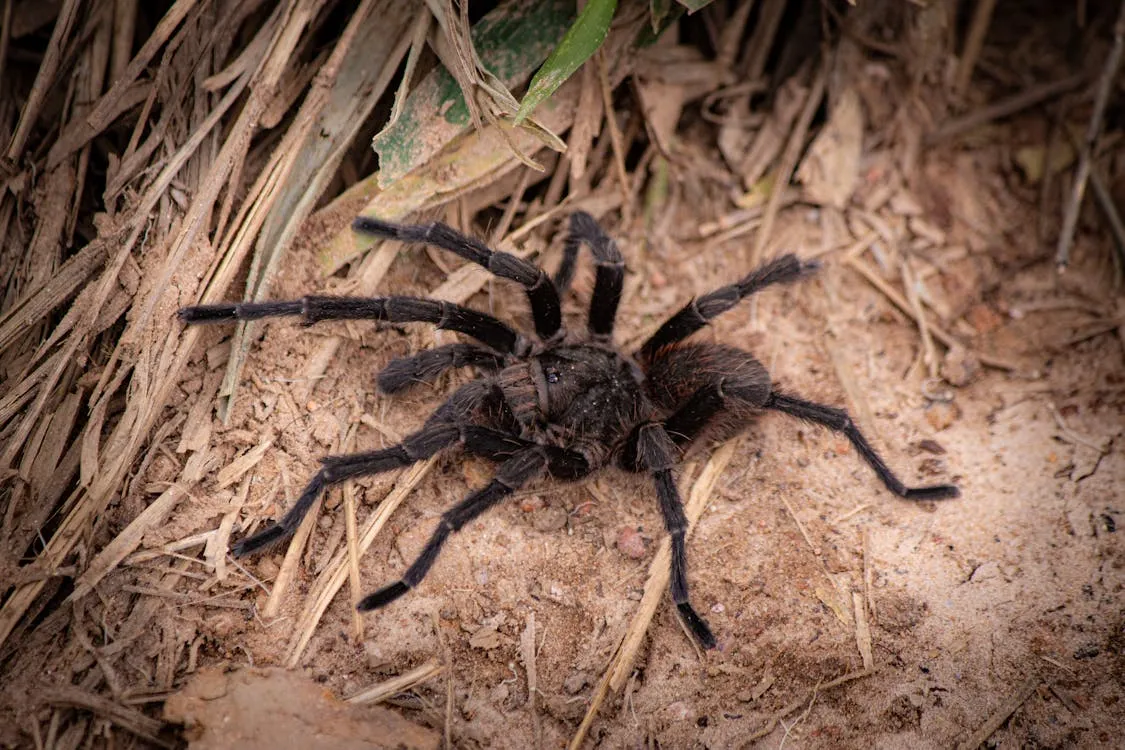
Wolf spiders are frequently mistaken for tarantulas because of their size and hairy appearance. They are ground-dwelling hunters that are active and move quickly. Wolf spiders are not venomous, but their bite can be painful. These spiders are found across North America and are known for their hunting prowess, actively pursuing their prey rather than building webs to trap them. They vary greatly in size and color, with many species displaying a brown or gray coloration that allows them to blend seamlessly with their surroundings. Some wolf spiders can be quite large, adding to their resemblance to tarantulas. The key difference is their eye arrangement and the absence of the long, prominent fangs characteristic of tarantulas.
Identification of Wolf Spiders
Identifying wolf spiders involves looking closely at several physical traits. They typically have a distinct eye arrangement with two large eyes in the center and smaller eyes around them. This arrangement helps them see in multiple directions while hunting. Their bodies are generally covered in hair, but often not as dense or long as in tarantulas. Wolf spiders also lack the urticating hairs used by many tarantula species for defense. Furthermore, their hunting behavior differs. Wolf spiders are active hunters that patrol the ground, while tarantulas are often ambush predators. The presence of a female wolf spider carrying her young on her back is another unique identifier that distinguishes them from tarantulas, which do not exhibit this behavior.
False Widows
False widows, also known as Steatoda grossa, often cause confusion due to their similar overall size and appearance to some tarantula species. These spiders are part of the Theridiidae family and are found in many parts of the world. While they are venomous, their bite is not usually life-threatening to humans. False widows have a rounded abdomen and a darker, often mottled, coloration, which can make them appear larger than they are. They prefer to live in sheltered areas, such as sheds, garages, and under rocks. Unlike tarantulas, false widows spin irregular webs, and they tend to be less active hunters. They ambush their prey by waiting in their webs.
Distinguishing Features of False Widows
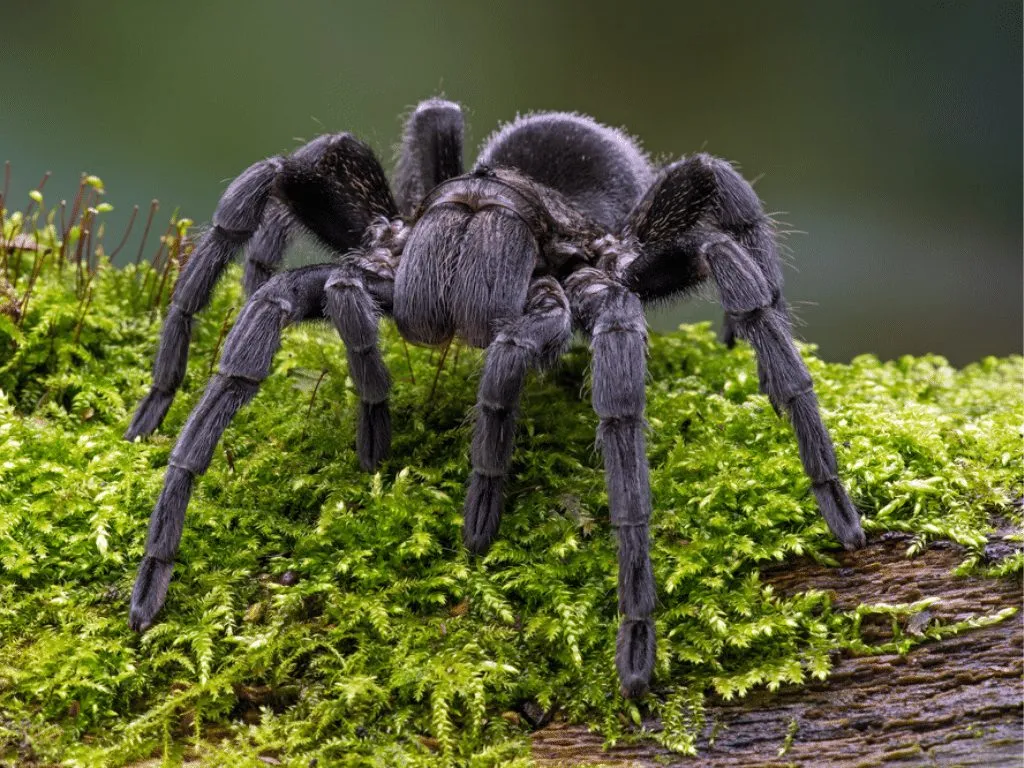
Differentiating false widows from tarantulas requires close observation. False widows have a distinctive teardrop-shaped abdomen, which is often larger and more rounded compared to the tarantula’s body. Their coloration typically includes a combination of dark browns, reds, and creams, often with a pattern on their abdomen that can resemble a skull. Their legs are relatively thinner than those of tarantulas and lack the thick hair covering found on tarantulas. They also construct messy, irregular webs, which are very different from the burrows or silk-lined habitats of tarantulas. Another crucial difference is their behavior false widows are web-builders and ambush predators, while tarantulas are primarily ground hunters.
Huntsman Spiders
Huntsman spiders, belonging to the Sparassidae family, are often mistaken for tarantulas because of their large size and hairy legs. These spiders are known for their flattened bodies and their ability to squeeze into tight spaces. Huntsman spiders are found in many warmer regions around the world and are primarily nocturnal hunters. They are not venomous and are generally harmless to humans, although their bite can be painful. Their size and leg span can be quite impressive, leading people to believe that they are tarantulas. Huntsman spiders have a distinctive side-to-side leg positioning, which differentiates them from tarantulas, which usually have their legs pointing forward.
Physical Traits of Huntsman Spiders
To correctly identify huntsman spiders, observe the position of their legs and the shape of their body. Their legs extend sideways, giving them a crab-like appearance, which is very different from the forward-facing legs of tarantulas. Their bodies are flattened, allowing them to fit into narrow crevices. Huntsman spiders also have a unique coloration, often with patterns of brown and gray, providing camouflage in their natural habitats. They lack the prominent fangs of tarantulas and have a different arrangement of eyes. Furthermore, their hunting style, which involves ambushing prey from hidden spots, separates them from tarantulas. Huntsman spiders’ behavior and habitats differ significantly from those of tarantulas.
Trapdoor Spiders
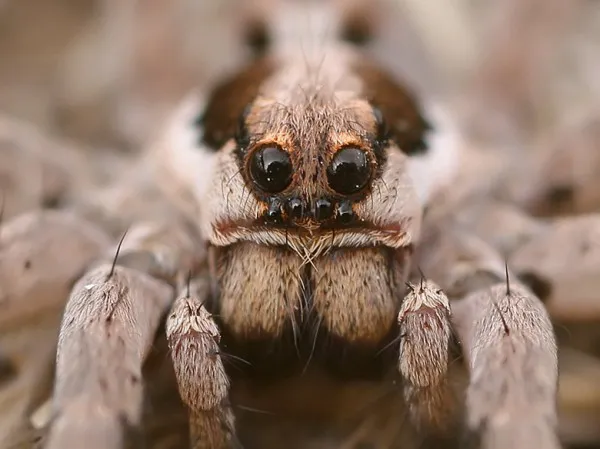
Trapdoor spiders are ground-dwelling spiders that construct burrows with a hinged lid, which they use to ambush passing prey. They are often mistaken for tarantulas because they are large and hairy, and their lifestyles can be similar. Found in various parts of the world, trapdoor spiders are well-camouflaged, making them difficult to spot until they emerge from their burrows. They are not venomous, but their bite can be painful. Their hidden lifestyle and size contribute to their likeness to tarantulas. They are ambush predators, waiting for prey to come near their burrow entrances.
Habitat and Appearance of Trapdoor Spiders
Identifying trapdoor spiders relies heavily on their distinctive habitat and physical appearance. These spiders build burrows in the ground, typically with a camouflaged lid. The lid serves as a trapdoor and a hiding place, allowing them to ambush their prey. Their bodies are often dark brown or black, covered in hairs, resembling tarantulas. However, their bodies are usually smaller than the largest tarantula species. The arrangement of their eyes and their behavior, which involves remaining hidden within their burrows, differentiate them from tarantulas. Observe their habitat and the presence of the trapdoor to confirm their identity. Trapdoor spiders are also less mobile than tarantulas, rarely leaving their burrows unless they are looking for a mate.
Other Spiders That Resemble Tarantulas
Beyond the look-alikes mentioned above, many other spider species share some physical traits with tarantulas. These spiders often have hairy bodies, large sizes, or similar behaviors. Some examples include certain species of funnel-web spiders, and even some types of orb-weavers. Careful observation is essential when identifying these spiders to avoid misidentification. The specific characteristics and the spider’s habitat must be considered. Many of these spiders also have unique behaviors, web designs, or hunting techniques, differentiating them from true tarantulas. Learning about these other species increases the accuracy of identification and enhances the overall understanding of arachnid diversity.
Factors to Consider When Identifying Look Alikes
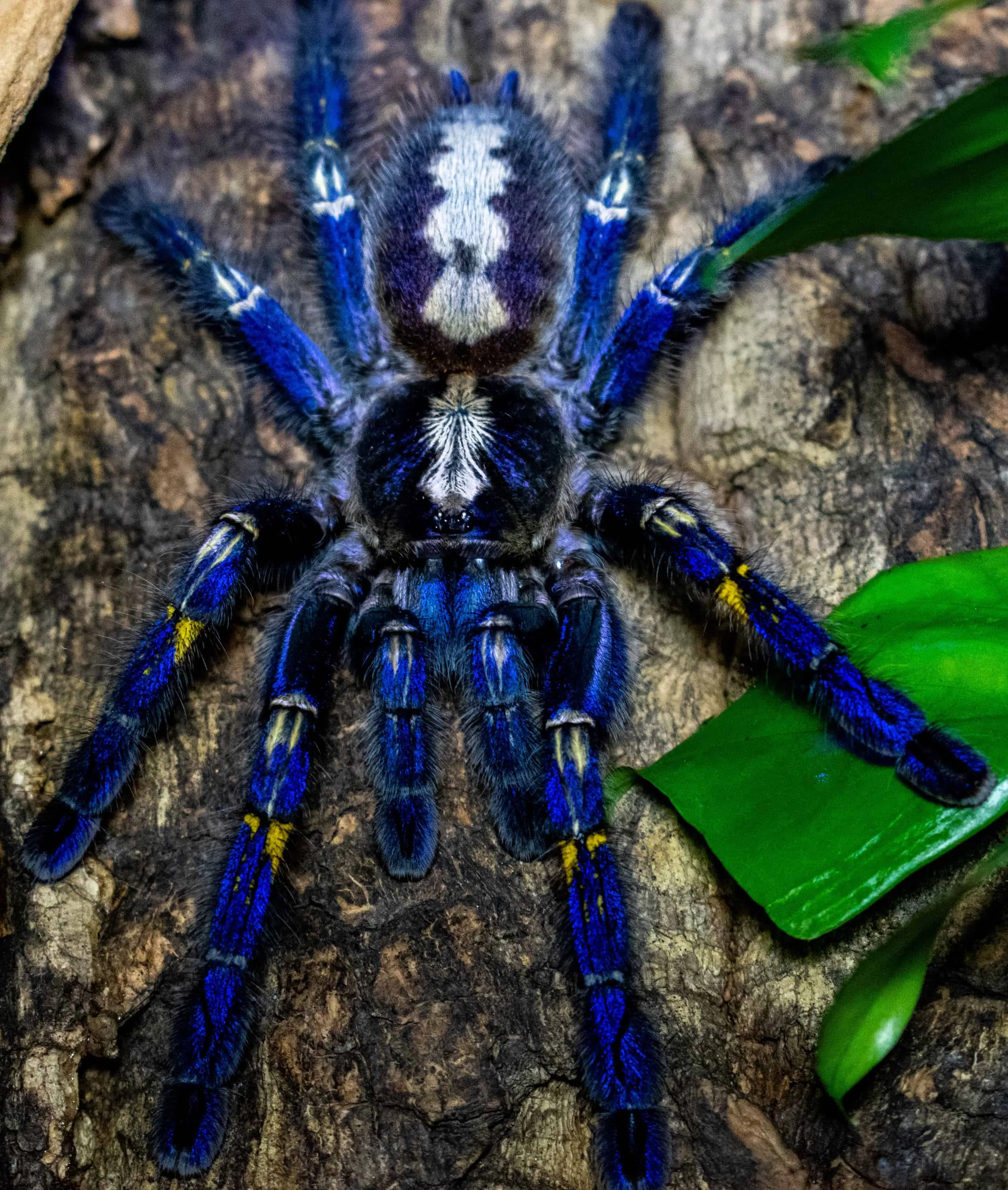
When identifying spiders and determining whether they are tarantulas or one of their look-alikes, several factors should be considered. The size of the spider, including leg span and body length, is one of the first aspects to consider. However, size alone is not always reliable. The presence and density of hairs on the spider’s body, as well as the coloration and patterns, are important visual clues. The arrangement of eyes, the shape of the abdomen, and the structure of the chelicerae (jaws) can all provide crucial information. The spider’s behavior, including its hunting style, the type of web, and where it is found, are also vital factors.
Considering all these factors together will lead to a more accurate identification. If you are unsure about the spider’s identity, it is always best to err on the side of caution. If possible, consult with an expert or use reliable resources, such as field guides or online databases, to confirm the species. Observing the spider from a safe distance is always recommended, and remember to never handle a spider unless you are certain of its identification and are prepared for potential defensive behaviors.
